Shamisen DIY Kit #6 (Figured Bubinga)
Price range: $1,400.00 through $1,780.00
1 in stock
Description
Bachido is home to many shamisen enthusiasts, and among them are not only enthusiasts of playing shamisen, but building shamisen as well! Unlike violins or guitars (which require very exact thickness specifications for the parts), shamisen has much more tolerance. Because the skin contributes to roughly 80% of the shamisen’s overall tone, there is a lot more freedom for the maker to shape the material specifically to their preference. If they want a super rounded sao or sharp ‘V’ style shape, either shape can be made and still end up with an amazing sounding shamisen! And because the shamisen has many light-catching curves, those fascinated with wood grain (like myself) love to make shamisen because the unique shapes of the instrument brings out the beauty of wood’s natural figure. Once you build one, it’s hard to stop building more!
About Shamisen DIY Kits
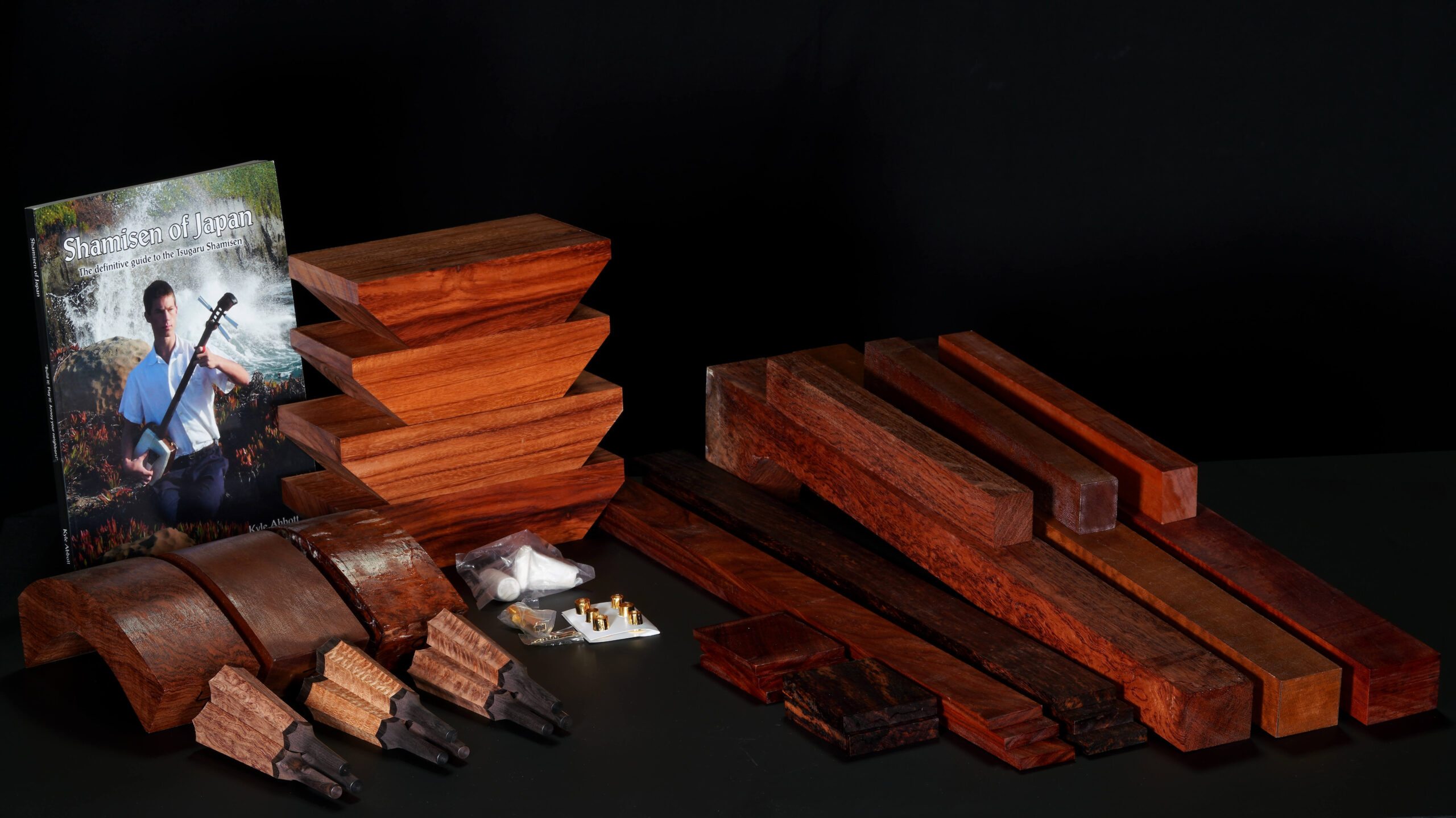
To put it briefly, I was diagnosed with cancer in in the Spring of 2020 (fortunately very treatable and caught early), and during that emotionally traumatic time, I found that working on my current shamisen build was very soothing. In that moment, I decided to shift from playing and teaching shamisen towards solely building the instruments, and invested in a large amount of highly figured woods to create my own line of shamisen.
However, life started to regain balance after making a full recovery, and as the joy of playing and teaching recovered, the available time for building shrank. Well, rather than hoard this quality wood for my own personal stash, I finally realized that this wood would have far more benefit to aspiring shamisen makers. And so I cut all of the bulk hardwood lumber into individual shamisen kits. Ready for you to secure to your bench and start carving!
Kit Contents
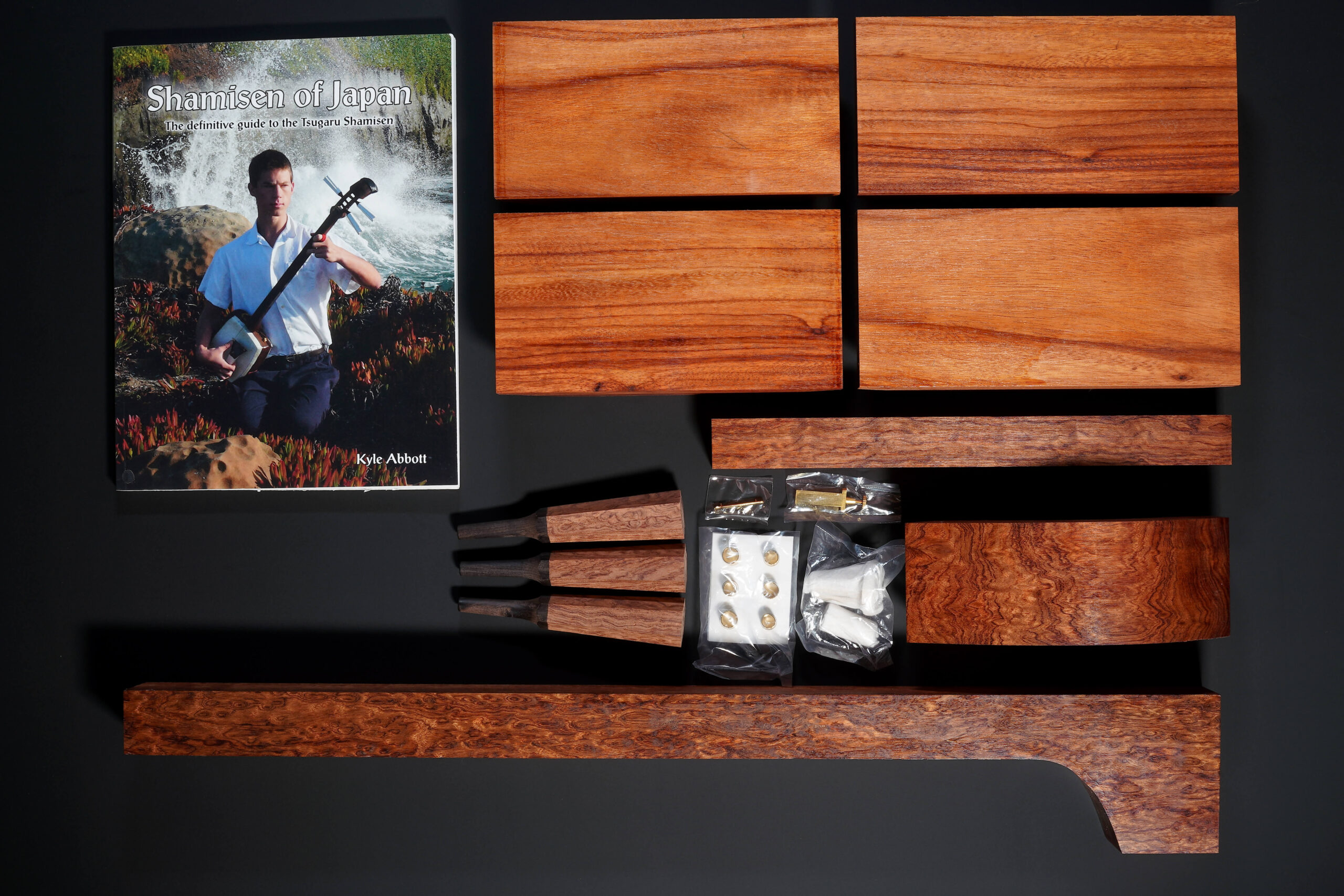
Includes material for one Tsugaru Shamisen (note, other styles can technically be made from the same kit, as they are smaller than the Tsugaru Shamisen size)
- Wood (rough shaped) for Dou, Single-piece Sao, Tenjin, Nakago (Your Choice of Figured Bubinga, Pomelle Sapele, or Figured Red Gum)
- Hardwood Fingerboard (Your choice of Pua Rosa or Laotian Birdseye Rosewood)
- Gold Fittings (Rindo, Azuma Sawari, Kamigoma, and Zagane)
- Elite Itomaki (sanding and polishing required)
- Shamisen of Japan (book)
- Hibiki Skinning Service (Free after completion!)
Add-On: Video Chats with Kyle (Four 30 minute sessions). Having trouble with your build? Bring Kyle into your workshop and get some advice!
Add-On: Shamisen Building Templates. Made from high quality acrylic!
Who’s This Kit is For?
When we think of DIY kits, the common image is a “Some Assembly Required” set which is cheaper than a finished retailer product, and so the user can save some money by doing the final gluing or lacquering themselves. To be clear, our Shamisen DIY Kit is obviously not that type of kit. Only the initial rough shaping is done, the remaining 90% is left for the user. So why spend as much as a used kouki tsugaru shamisen on building materials which have only been rough shaped? Simple, this kit is for enthusiasts who want to deepen their shamisen journey by building a high end instrument themselves! A minimal amount of shaping is intentionally done because for makers like myself, shaping the wood is the most enjoyable part!
I say again, this kit is ideal for enthusiasts who already have a shamisen and want to explore the world of building the instrument with high quality materials. Those new to shamisen are highly encourage to instead buy a used or new shamisen set (preferably at Bachido :-) ) so they can immediately start playing and enjoying the shamisen experience!
Value for Makers
No question, $1500 is a large price tag for building materials, even for makers. One can easily save money by using simpler woods at the local hardware store and make a very fine shamisen. But allow me to explain why this kit is actually a great value for those specifically wanting a high end kit.
The cost of figured wood is expensive. For most high level shamisen in Japan, a highly figured sao alone costs $1000 on average. (That’s not even counting wood for dou or the rising cost of gold fittings) Likewise, a majority of the Shamisen DIY Kit’s price is basically the cost of acquiring the materials. So then why not find the same wood to make your own set? Read on!
Great figure doesn’t come in single-serving. Of course, you can find highly figured small blocks on Etsy, but getting such figure in pieces large enough for shamisen? Practically impossible. For example, the only way to acquire highly figured Bubinga at the correct thickness for sao was to invest in large boards and mill the wood myself. The point is, the only way to acquire wood thick enough for tsugaru shamisen is to buy in large quantity. And thus, a kit like this is the most economical way for an enthusiast to make their own highly figured shamisen.
Specific Notes
Here are a few material-specific points I wanted to mention.
- You might notice some white patches on the sides of some Granadillo dou boards. Those patches are called “sapwood”, and while sapwood is considered a bit softer than the darker part of the wood (heartwood), most of the sapwood will be removed after curving, and any amount remaining is miniscule enough that it won’t affect durability or tone whatsoever.
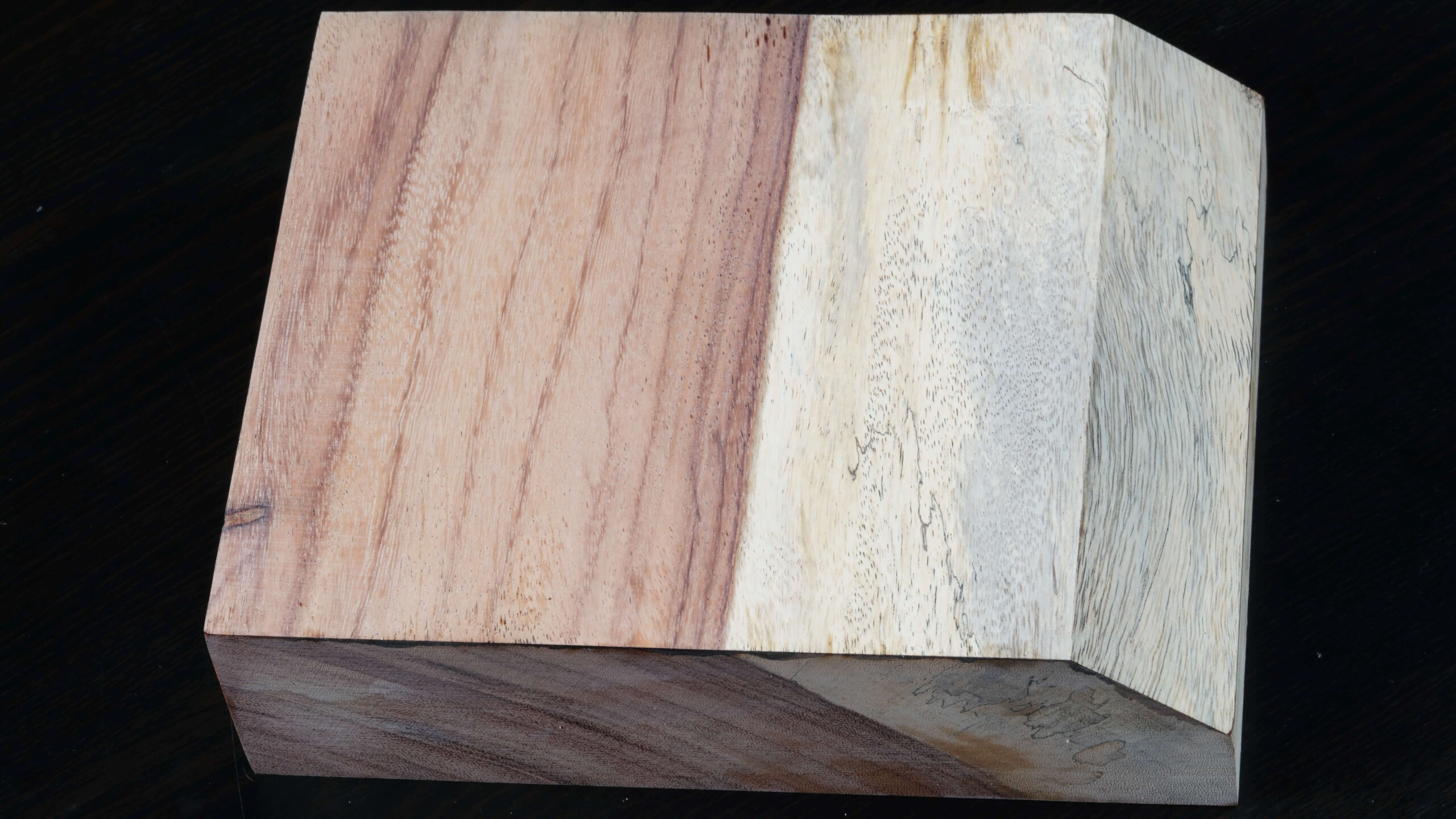 (Note: This block is only shown as an example of the heartwood/sapwood contrast. Any sapwood on the dou boards are minimal, and most will be removed after curving, or hidden by the skins.)For those with aesthetic concerns about potential blonde splotches on their dou, please know that lacquering the dou with urushi will make the color uniform. The picture above is a sample piece of Granadillo with a large amount of Sapwood on the block, and the same block after urushi lacquer is applied. As you can see, the color of the heartwood and sapwood are virtually uniform, while the figure and grain are crystal clear.
(Note: This block is only shown as an example of the heartwood/sapwood contrast. Any sapwood on the dou boards are minimal, and most will be removed after curving, or hidden by the skins.)For those with aesthetic concerns about potential blonde splotches on their dou, please know that lacquering the dou with urushi will make the color uniform. The picture above is a sample piece of Granadillo with a large amount of Sapwood on the block, and the same block after urushi lacquer is applied. As you can see, the color of the heartwood and sapwood are virtually uniform, while the figure and grain are crystal clear.
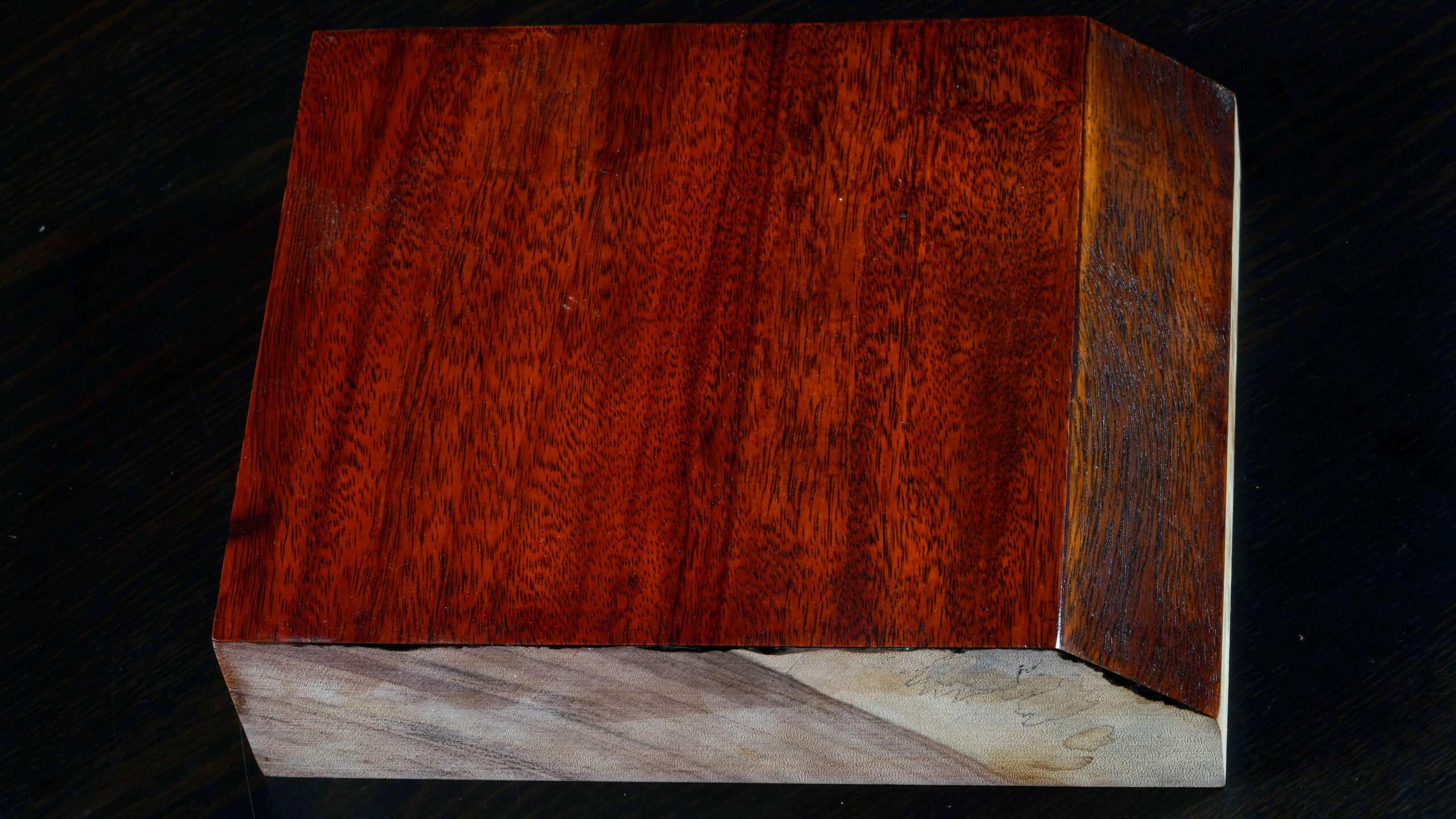
- Kit #9 includes a stabilized burl tenjin. Please be aware that Burl does NOT behave like normal wood. No matter how sharp your chisel is, burl “grain” will crush rather than slice. At worst, a chunk will pry out. However, burl does work beautifully when sawing, filing, or grinding, so please use those methods when shaping.Also, although the burl is stabilized, you may come across voids in the burl while shaping. Please have super glue ready in order to fill such gaps with super glue and sanding dust. (The white circles show some of the areas which I had to fill when making my burl tenjin)
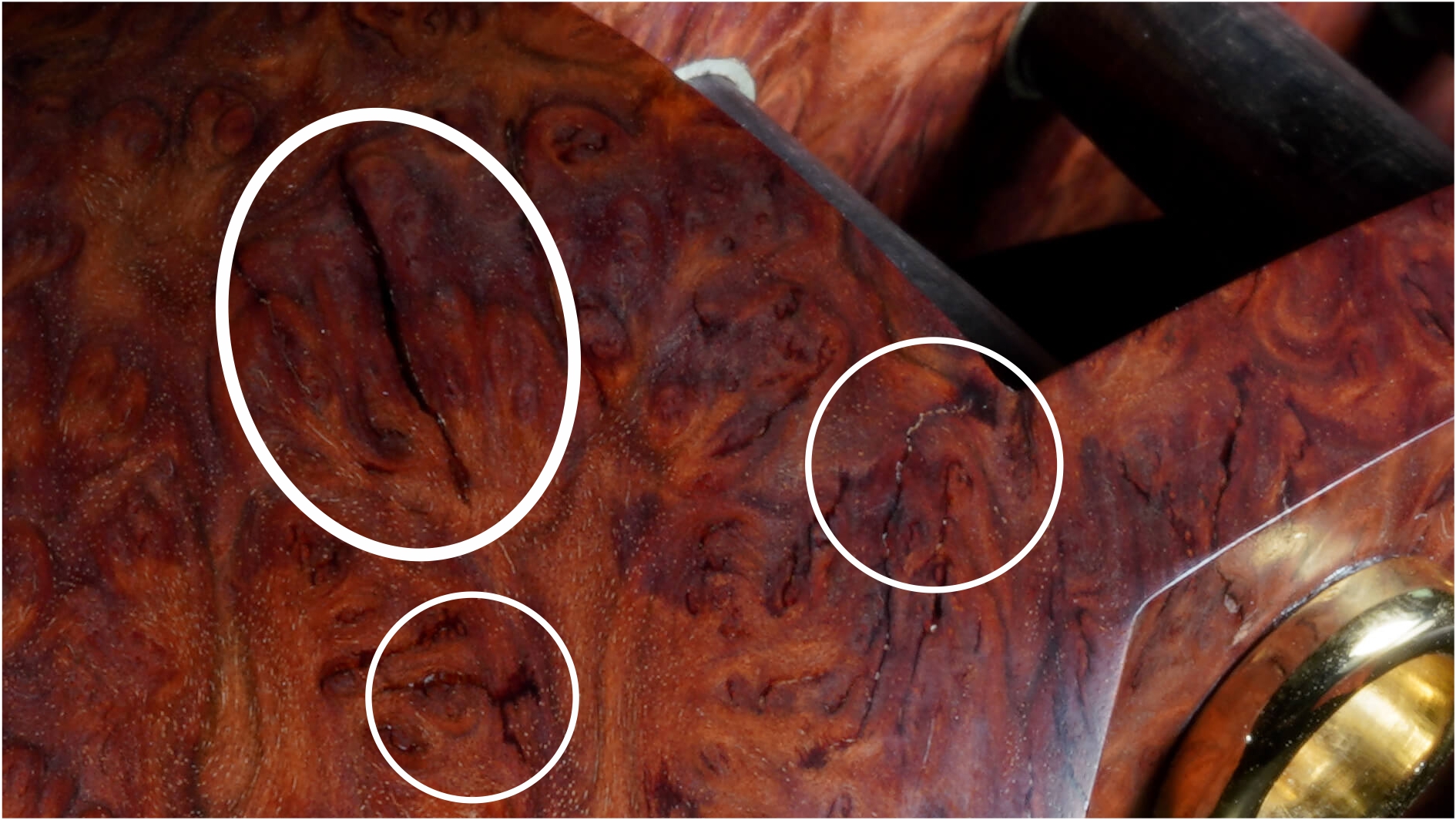
- Both Pua Rosa and Laotian Rosewood fingerboards are quite oily (the Rosewood especially). Thoroughly wiping the wood with acetone before gluing with Titebond should be fine, but using epoxy (after the acetone wipe) is better. To ensure the best results, use Smiths Oak & Teak Epoxy, which is specialized for oily woods (Acetone should be avoided with this epoxy, as it weakens the bond) and you can be assured of the strongest bond.
- Please be careful with wood dust. Dust from exotic woods like Granadillo can cause respiratory issues, irritation to skin and eyes. (I found out the hard way – my eyes were painfully itchy for two days.) If you’re using a grinder or sander to carve the Granadillo (or other woods for that matter), please wear sealed safety goggles and proper respiratory protection. For a convenient way to protect your eyes AND lungs, consider a full face respirator mask.
Additional information
| Video Call Support | No, Yes |
|---|---|
| Building Templates | No, Yes |

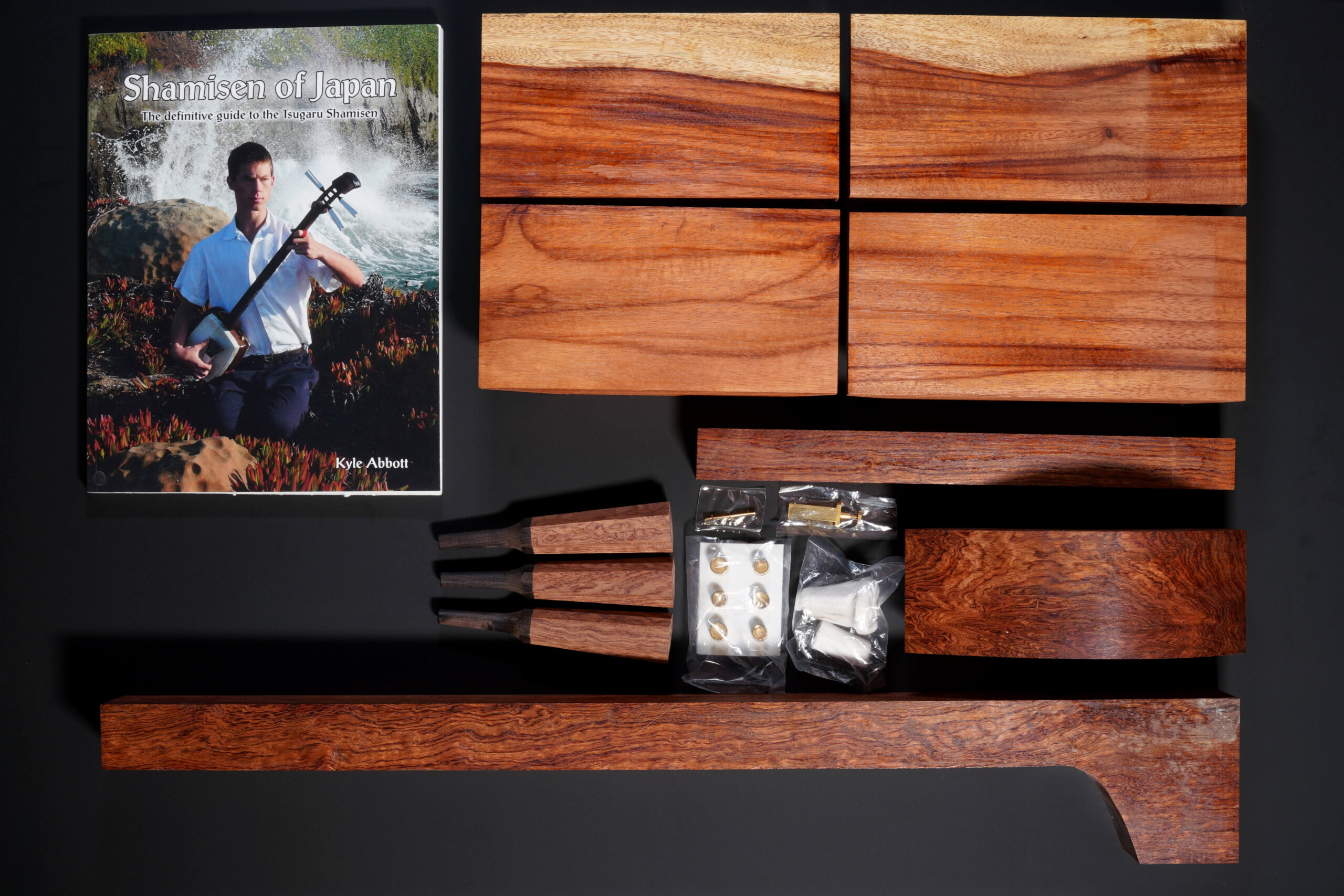
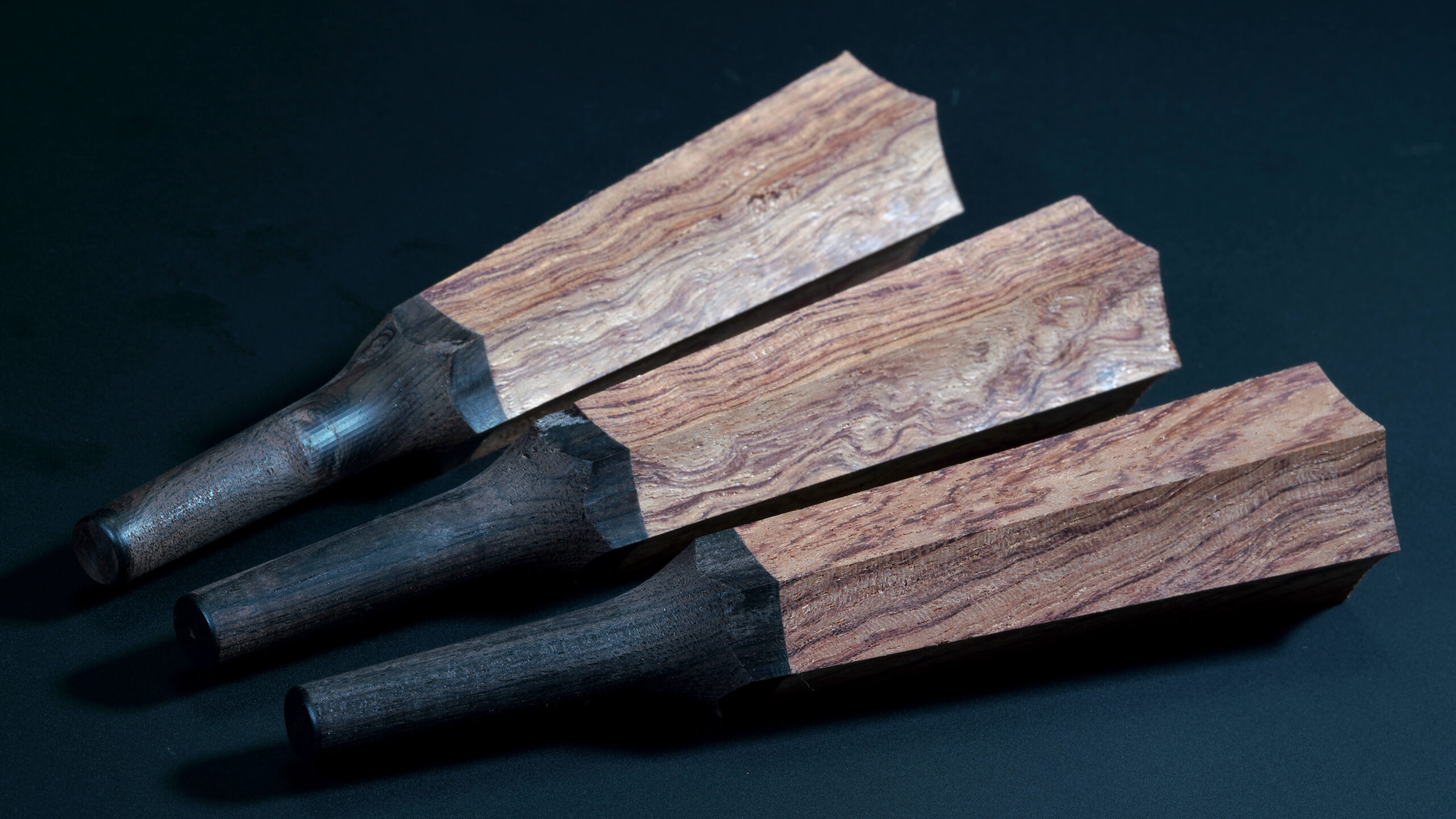
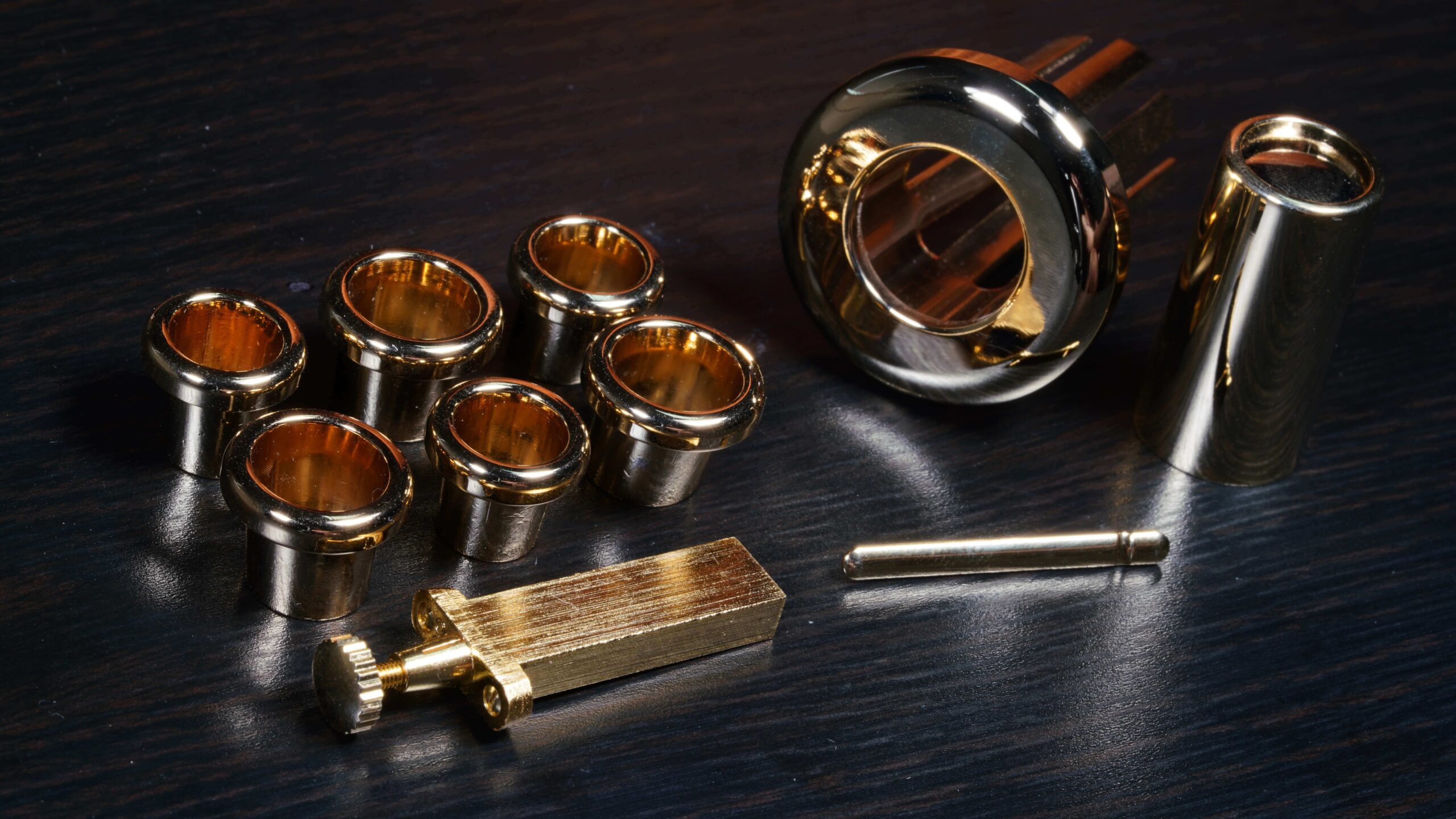
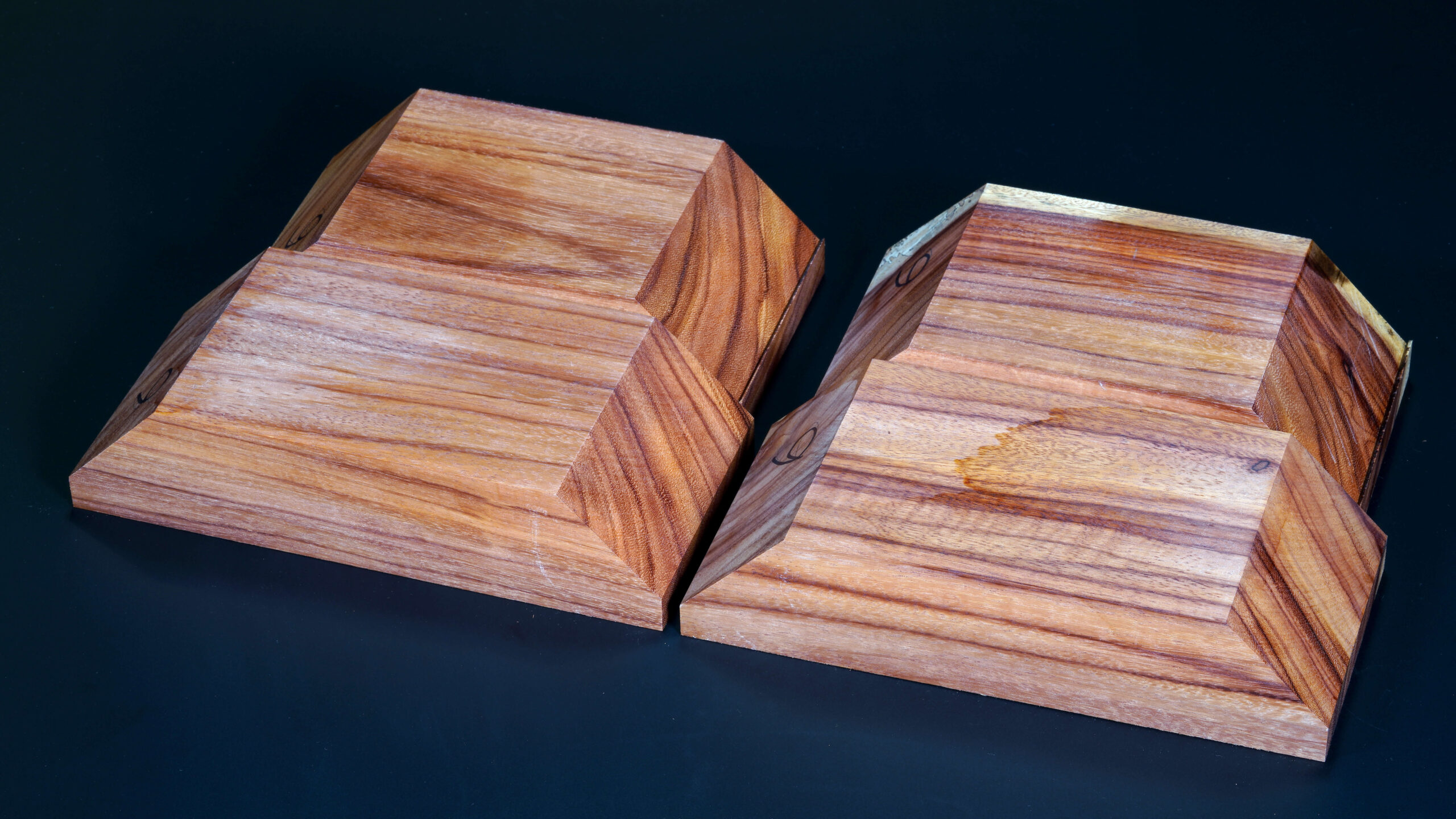
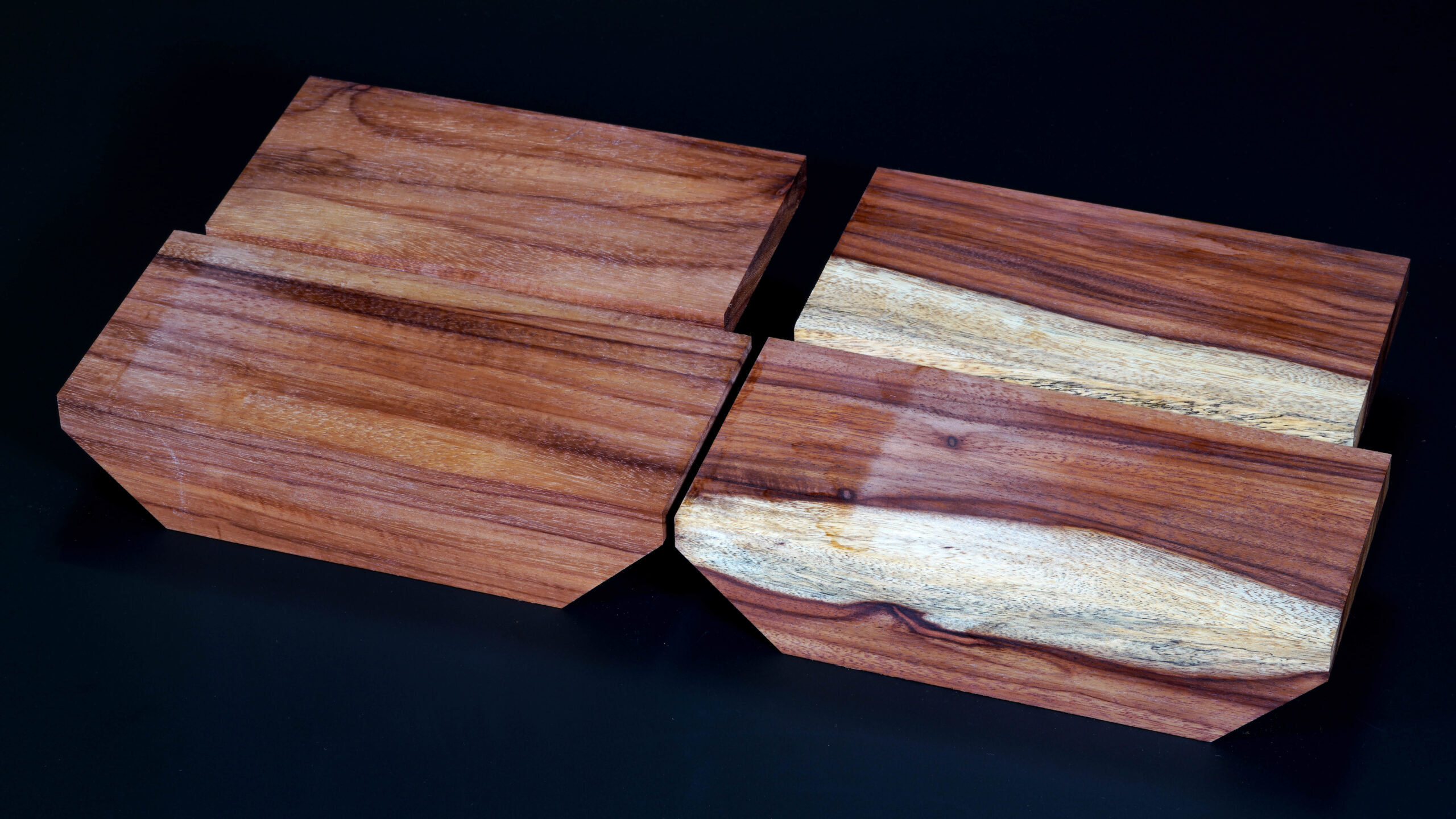
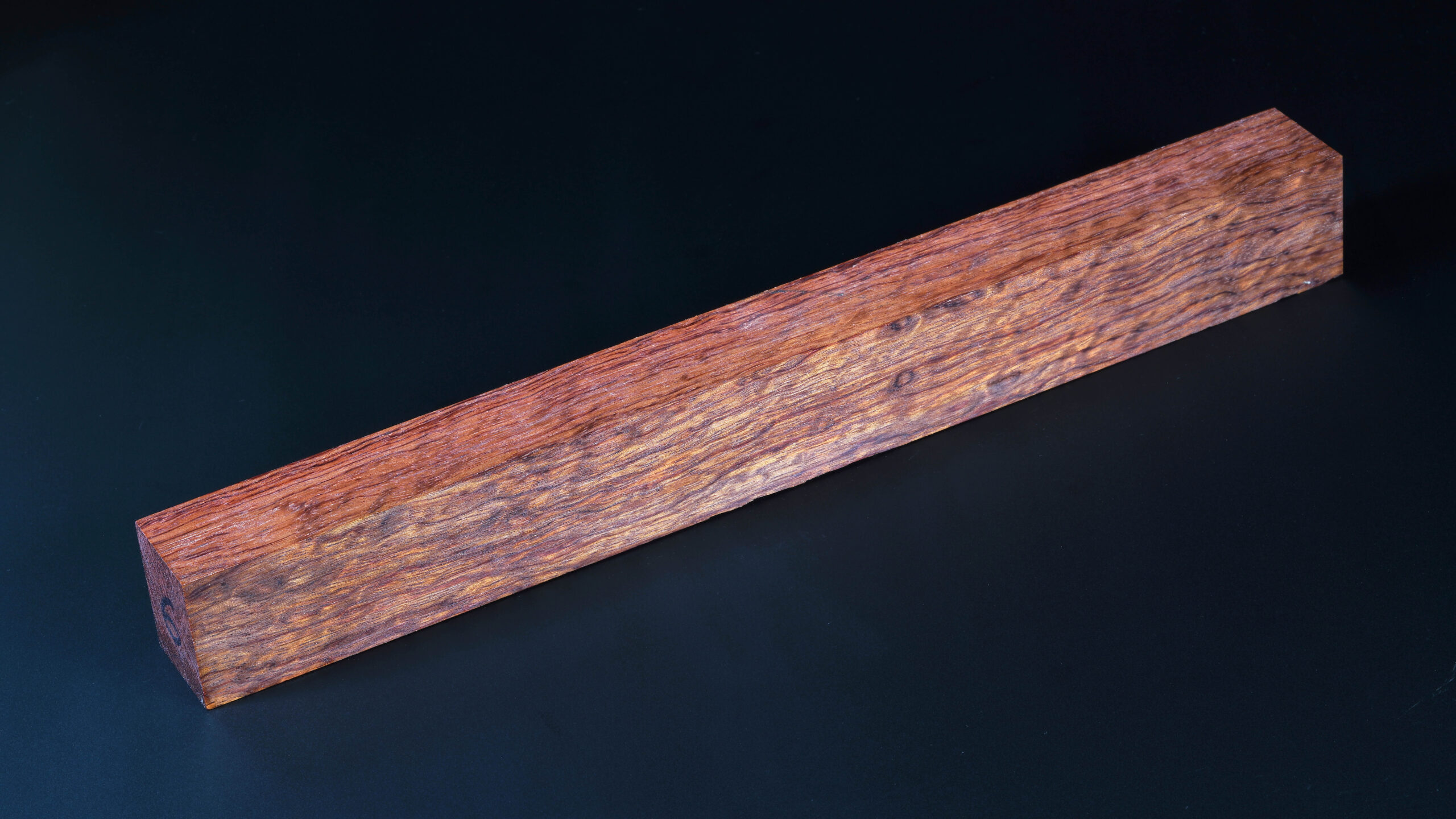
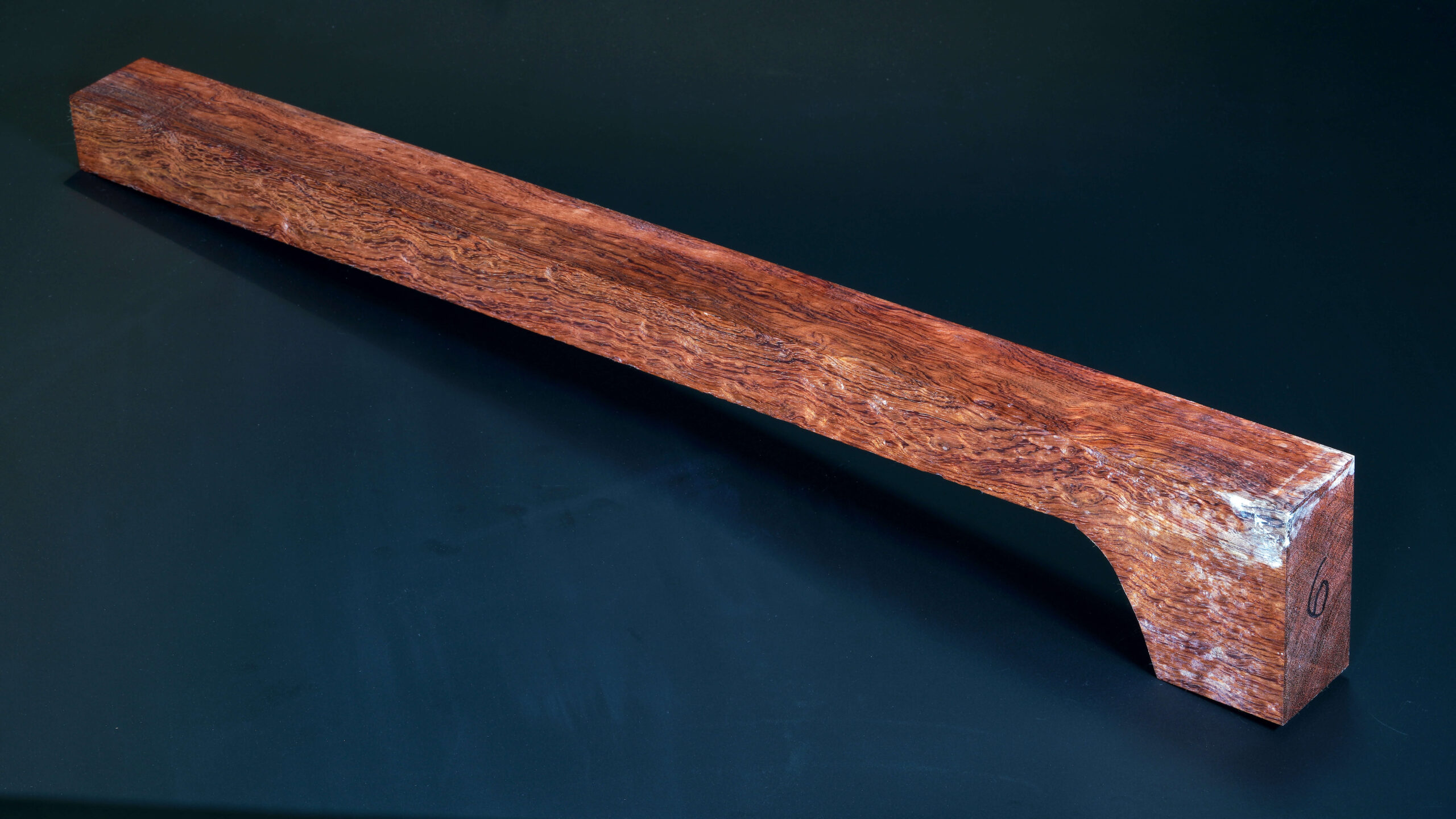
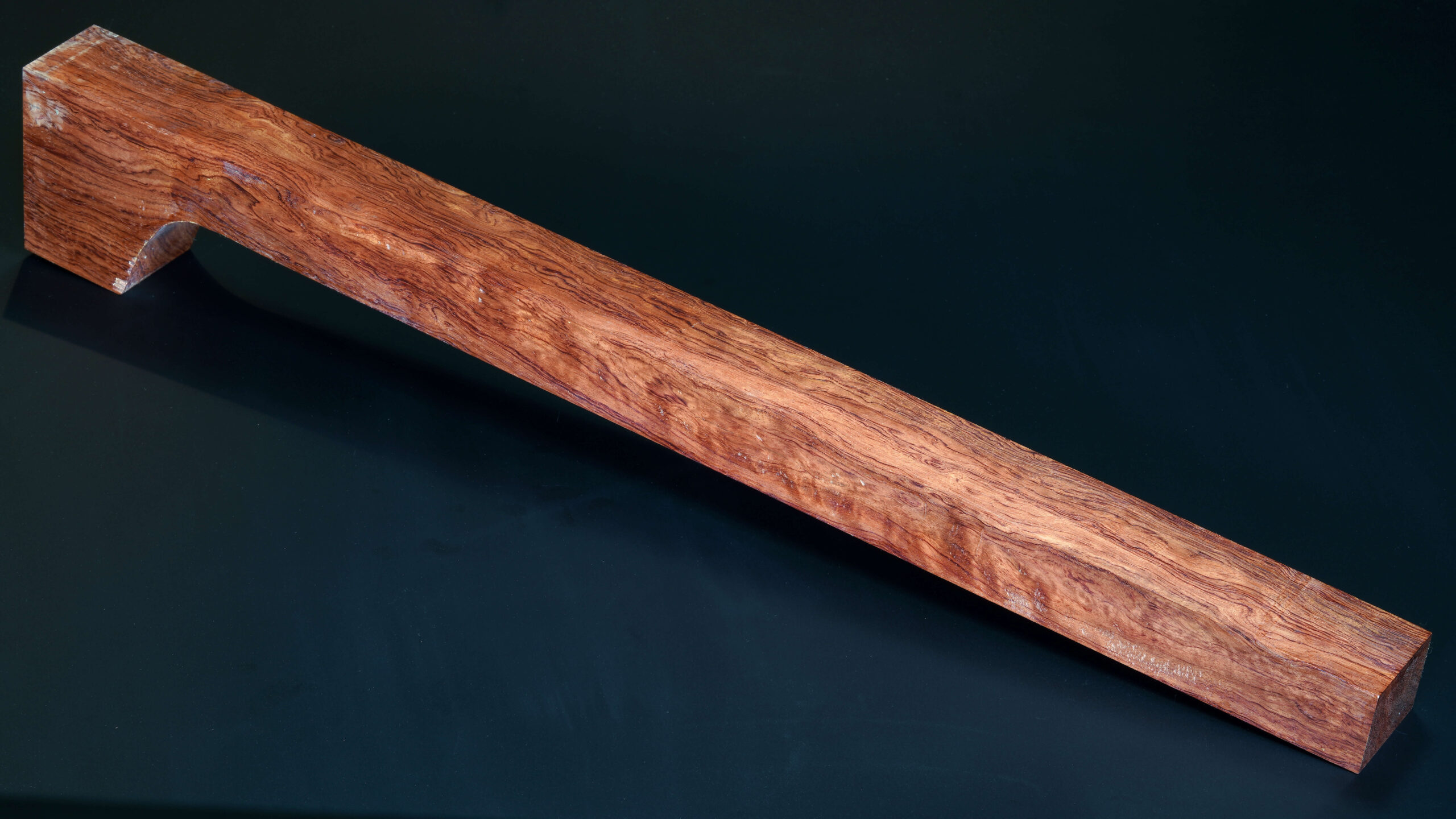
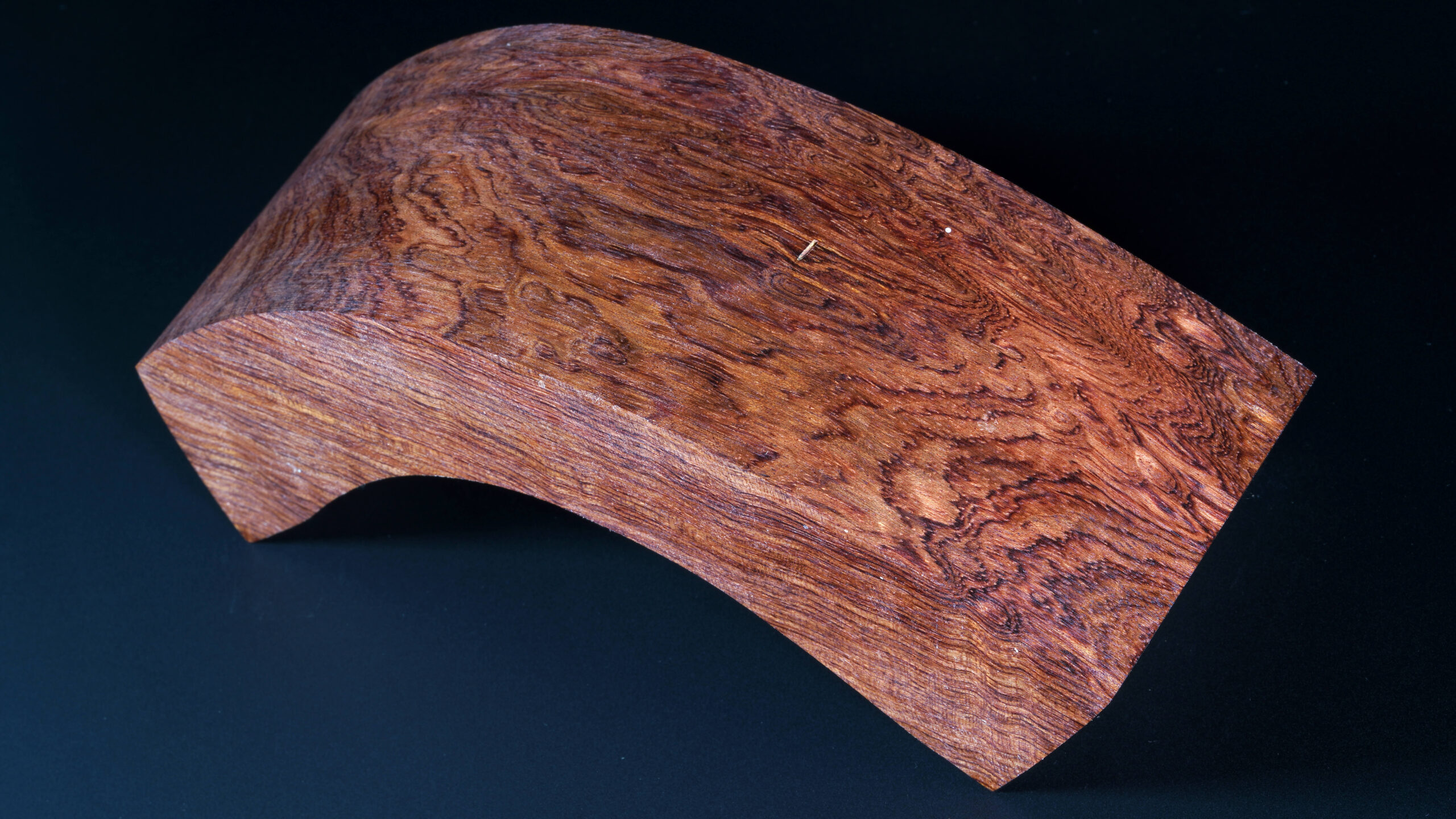
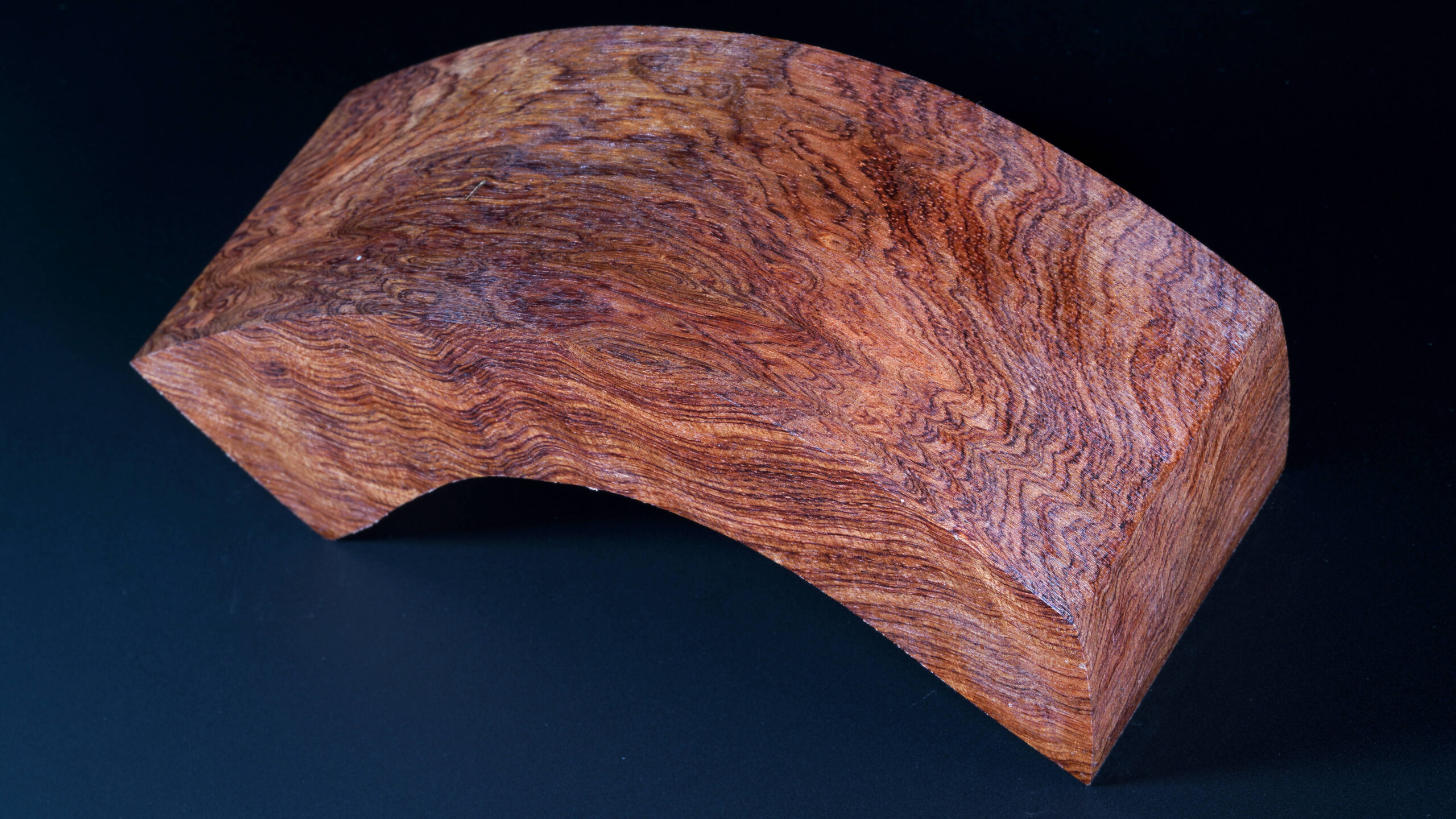

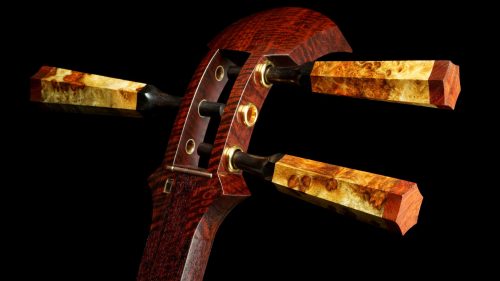
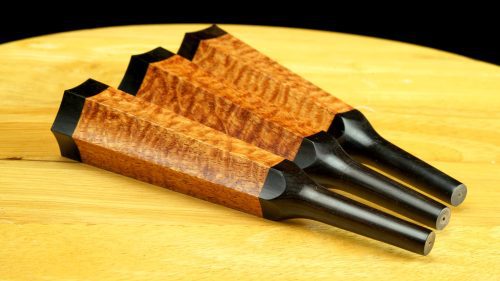
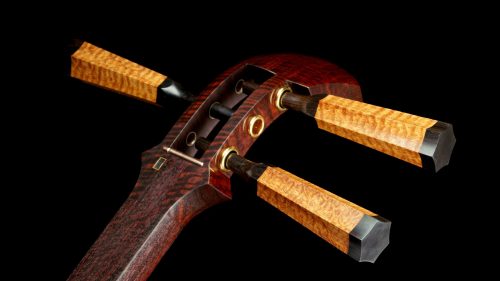
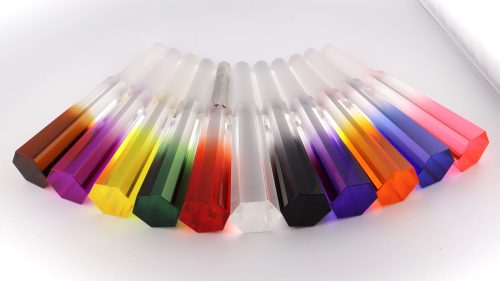
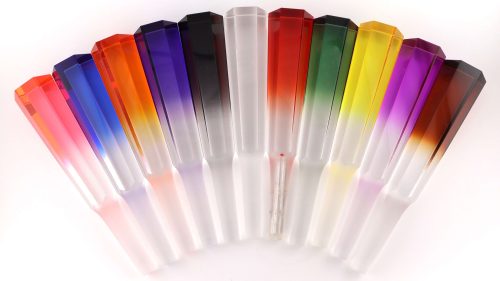
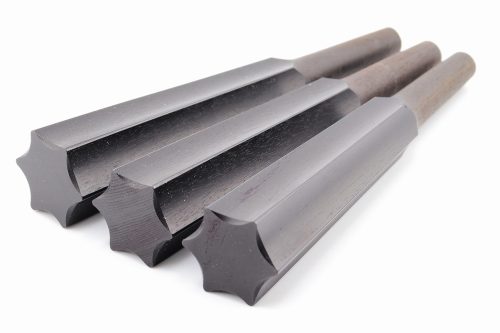
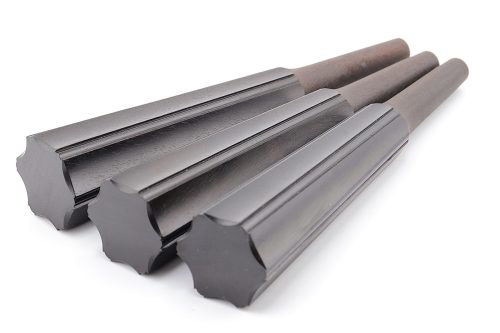
Reviews
There are no reviews yet.